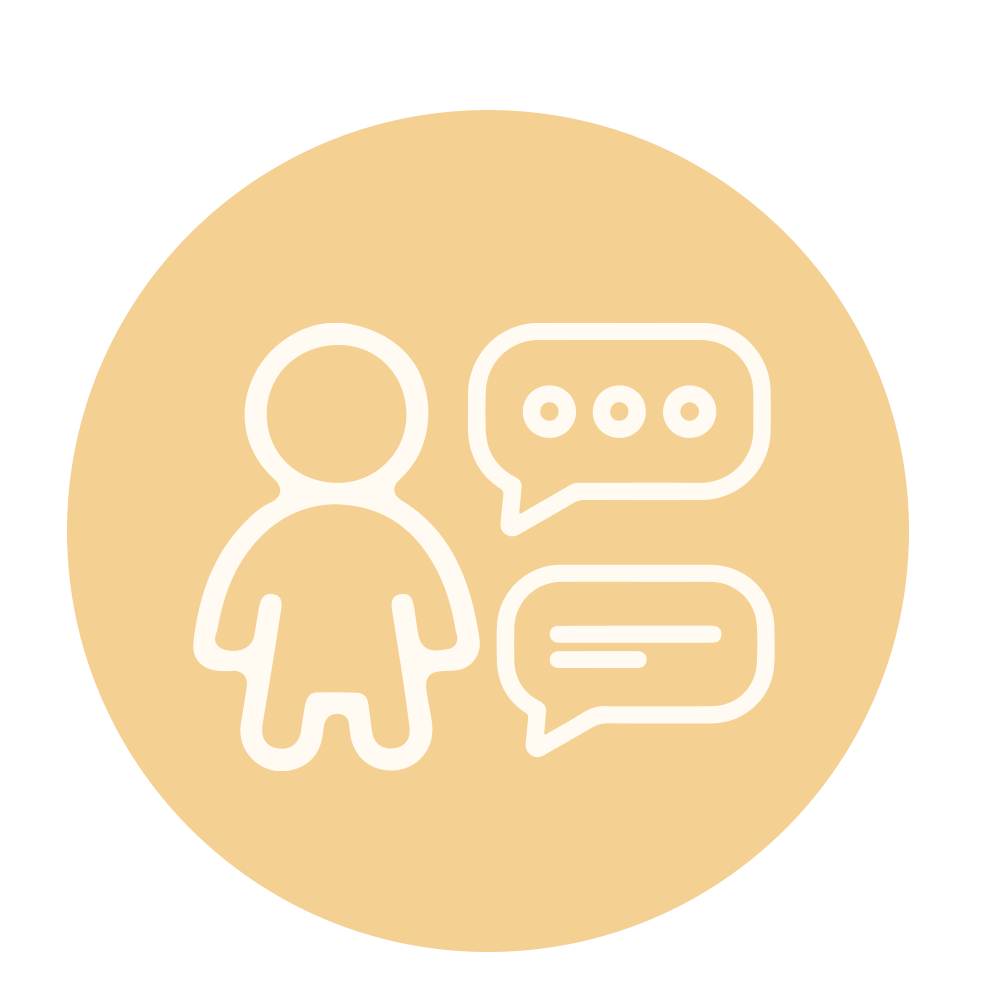Joyreal AAC Devices: Giving Non-Speanking Children a Voice
The Connection Between AAC Devices and Autism Development
Children on the autism spectrum often process language differently. AAC communication devices support their unique learning patterns by pairing visual cues with sound and touch, engaging multiple senses. This sensory integration helps them comprehend and retain information more effectively—especially when used alongside autism sensory toys that complement their learning experience.
As families and educators discover the transformative power of AAC devices, the need for reliable, child-centered solutions becomes clearer than ever. Bridging the gap between silence and self-expression requires not just technology, but compassion and understanding. That’s where Joyreal steps in—combining innovation with empathy to revolutionize how nonverbal children experience communication.
Joyreal: Revolutionizing AAC Communication Devices
Joyreal’s mission is simple yet profound: to give every child the power to communicate confidently. The company specializes in creating high-quality AAC devices for autism, designed with therapists, educators, and parents in mind. Their goal is to make communication accessible to all children, regardless of ability level.
Unique Features of Joyreal AAC Devices
Joyreal AAC devices combine innovative technology with user-centered design. They feature intuitive touchscreens, customizable vocabulary settings, and engaging visual interfaces that make communication easy and fun. The devices also come with built-in voice modulation, emotion recognition, and adaptive feedback systems to suit each child’s needs.
How Joyreal Differs from Traditional AAC Communication Devices
While many AAC communication devices can be complex or intimidating for children, Joyreal stands out for its simplicity and adaptability. Its lightweight design and durable materials make it ideal for children with sensory sensitivities. Moreover, Joyreal’s software grows with the child—adjusting to new vocabulary and cognitive levels as they progress.
The Emotional Impact: Giving Nonverbal Children a Voice
- Building Confidence Through Communication
Every time a child uses an AAC device to say “I’m happy,” “I love you,” or “I want to play,” they’re not just communicating—they’re discovering their voice. Joyreal empowers children to engage with the world around them, helping them build relationships, participate in classroom activities, and express emotions with pride.
- Real-Life Success Stories from Parents and Therapists
Parents often describe the moment their child first “speaks” through Joyreal as life-changing. Therapists note improved eye contact, engagement, and emotional expression after consistent use. These success stories highlight Joyreal’s real-world impact—turning silence into sentences and frustration into joy.
Integrating AAC Devices into Autism Therapy
- Collaboration Between Speech Therapists and Parents
The most effective use of AAC devices for autism happens when parents, therapists, and educators work as a team. Joyreal provides detailed guides and professional training resources, ensuring everyone involved understands how to support the child’s communication journey.
- Combining AAC Devices with Autism Sensory Toys
Autism sensory toys—like fidget tools, weighted blankets, and tactile playsets—help regulate emotions and sensory processing. When paired with Joyreal AAC devices, these tools create a balanced environment where children feel safe, focused, and ready to learn.
How Joyreal AAC Devices Support Learning and Development
- Improving Cognitive and Social Skills
Through repetitive use and interactive design, Joyreal AAC devices enhance memory, comprehension, and social interaction. Children learn to associate words with visuals and emotions, promoting natural language acquisition over time.
- Encouraging Independence and Emotional Growth
By enabling children to express themselves, Joyreal nurtures a sense of autonomy and self-worth. This newfound confidence extends beyond communication—it influences how children play, learn, and connect with others.
Choosing the Right AAC Device for Your Child
Key Features to Look For
When selecting an AAC communication device, prioritize features like:
- Customizable vocabulary options
- Durable and child-safe design
- Compatibility with therapy apps
- Ease of use for both children and caregivers
How to Personalize the Device for Better Engagement
Joyreal allows parents and therapists to upload familiar voices, favorite icons, and personalized phrases—making communication feel authentic and emotionally meaningful for each child.
Joyreal’s Commitment to Accessibility and Inclusivity
- Affordable and User-Friendly Design
Joyreal believes every child deserves access to communication tools. Their devices are designed to be affordable, durable, and inclusive, with payment plans and support for schools and therapy centers.
- Support, Updates, and Community Involvement
Joyreal continuously updates its software with new features, languages, and symbols, ensuring children always have the most effective communication options available.
The Future of AAC Technology in Autism Support
- Innovations and AI in Communication Devices
Artificial Intelligence is paving the way for emotion-aware AAC devices, capable of recognizing a child’s mood and adjusting communication prompts accordingly—a feature Joyreal is already developing.
- The Growing Importance of AAC in Inclusive Education
As schools embrace inclusive education, AAC devices like Joyreal’s are becoming essential tools in classrooms, empowering children with autism to participate fully in academic and social life.
Conclusion: Empowering Every Child to Communicate with Confidence
Communication is the cornerstone of human connection. With Joyreal AAC devices, nonverbal children no longer face silence—they gain a powerful tool that lets them express love, joy, and curiosity. By combining innovation, empathy, and accessibility, Joyreal truly gives hope a voice for families around the world.
FAQs About AAC Devices and Joyreal’s Role in Autism Support
1. What age is best to introduce an AAC device?
- AAC devices can be introduced as early as age two, depending on the child’s developmental level and readiness.
2. Are Joyreal AAC devices suitable for all types of autism?
- Yes, Joyreal devices are customizable for different communication levels, from nonverbal to minimally verbal children.
3. How do AAC devices help with behavioral challenges?
- By providing an outlet for expression, AAC devices reduce frustration and improve emotional regulation.
4. Can Joyreal AAC devices be used in schools?
- Absolutely. Joyreal partners with schools and therapy centers to integrate AAC into classroom communication.
5. Do AAC devices replace speech therapy?
- No—they complement speech therapy by reinforcing communication and language learning.
6. What makes Joyreal different from other AAC brands?
- Joyreal focuses on emotional intelligence, adaptability, and affordability, making it one of the most child-friendly AAC solutions available.
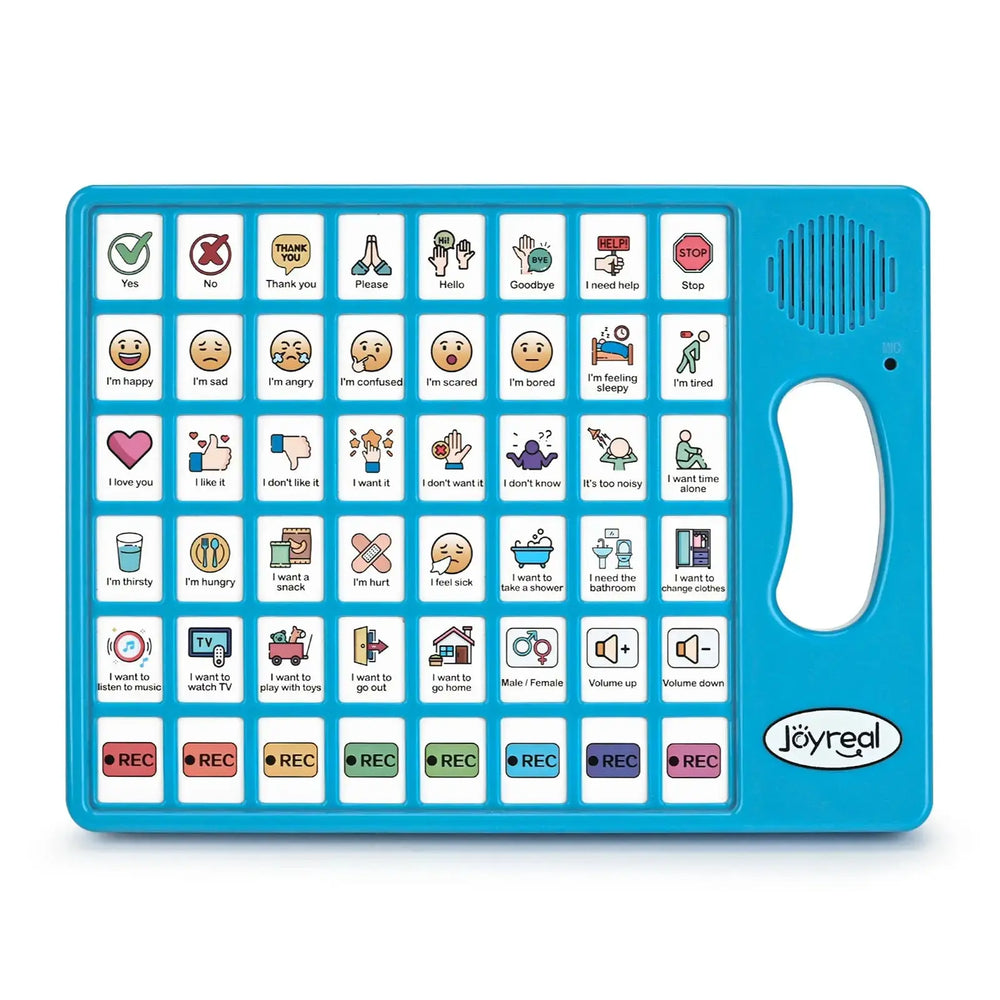
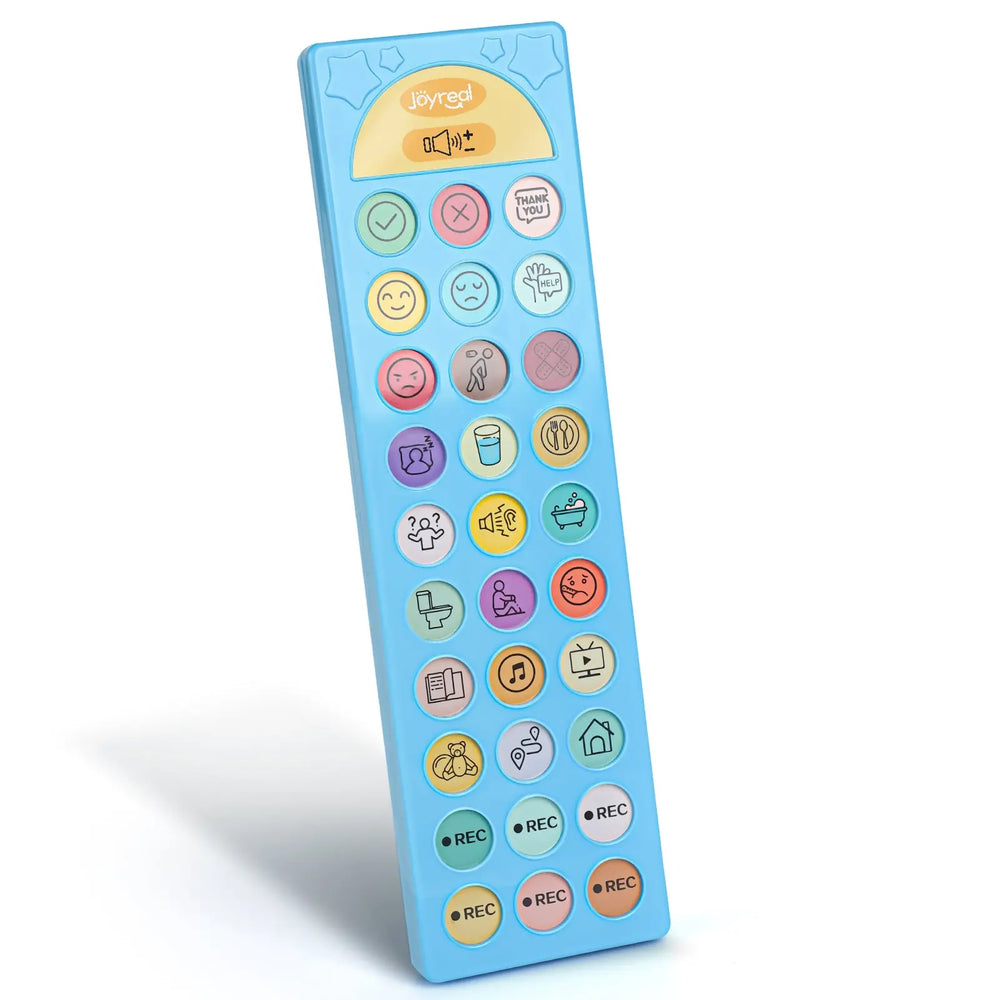
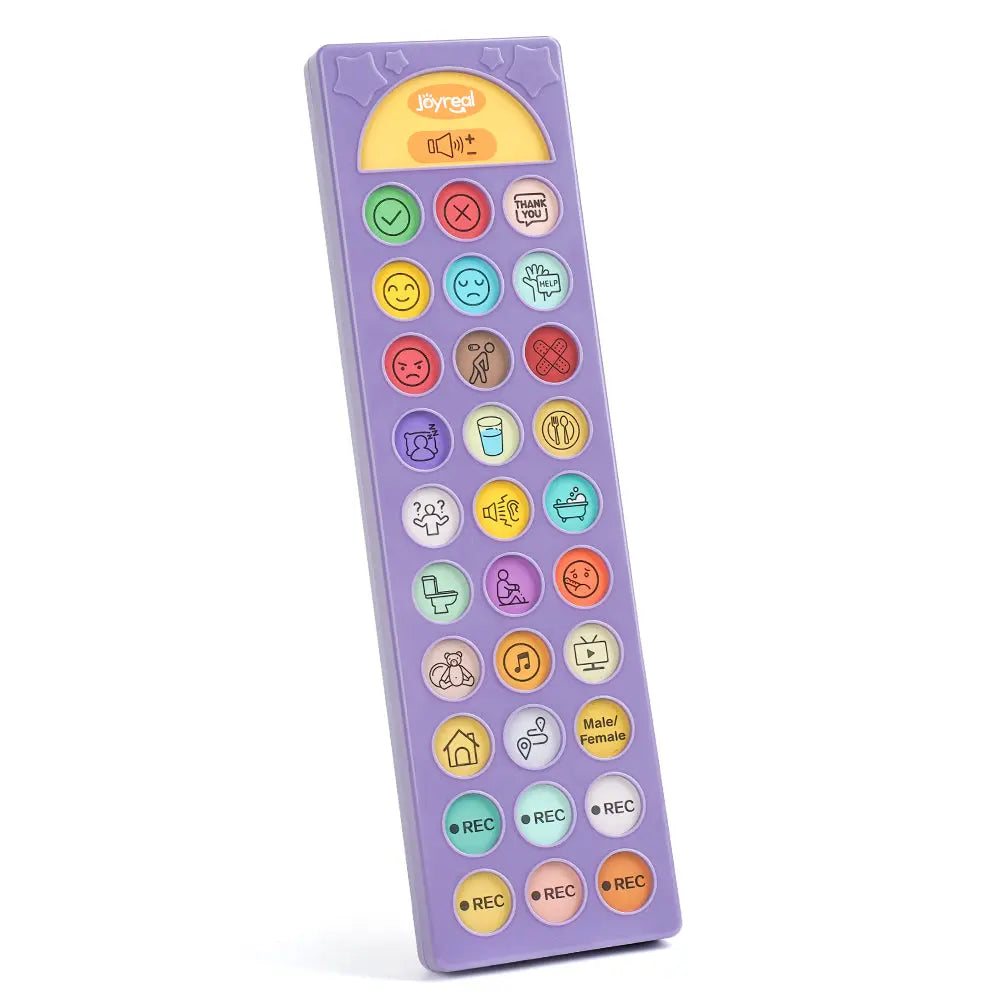
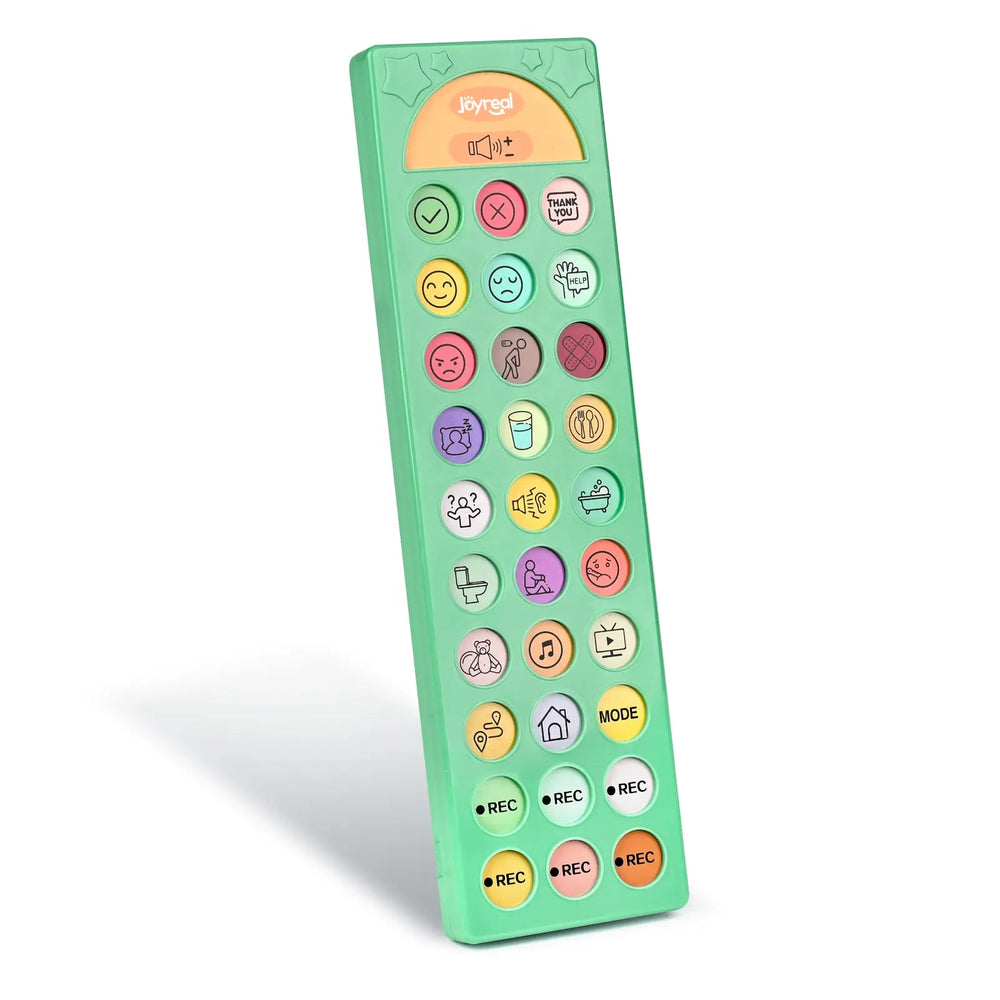
Maybe it will be helpful for you:
Recent Post
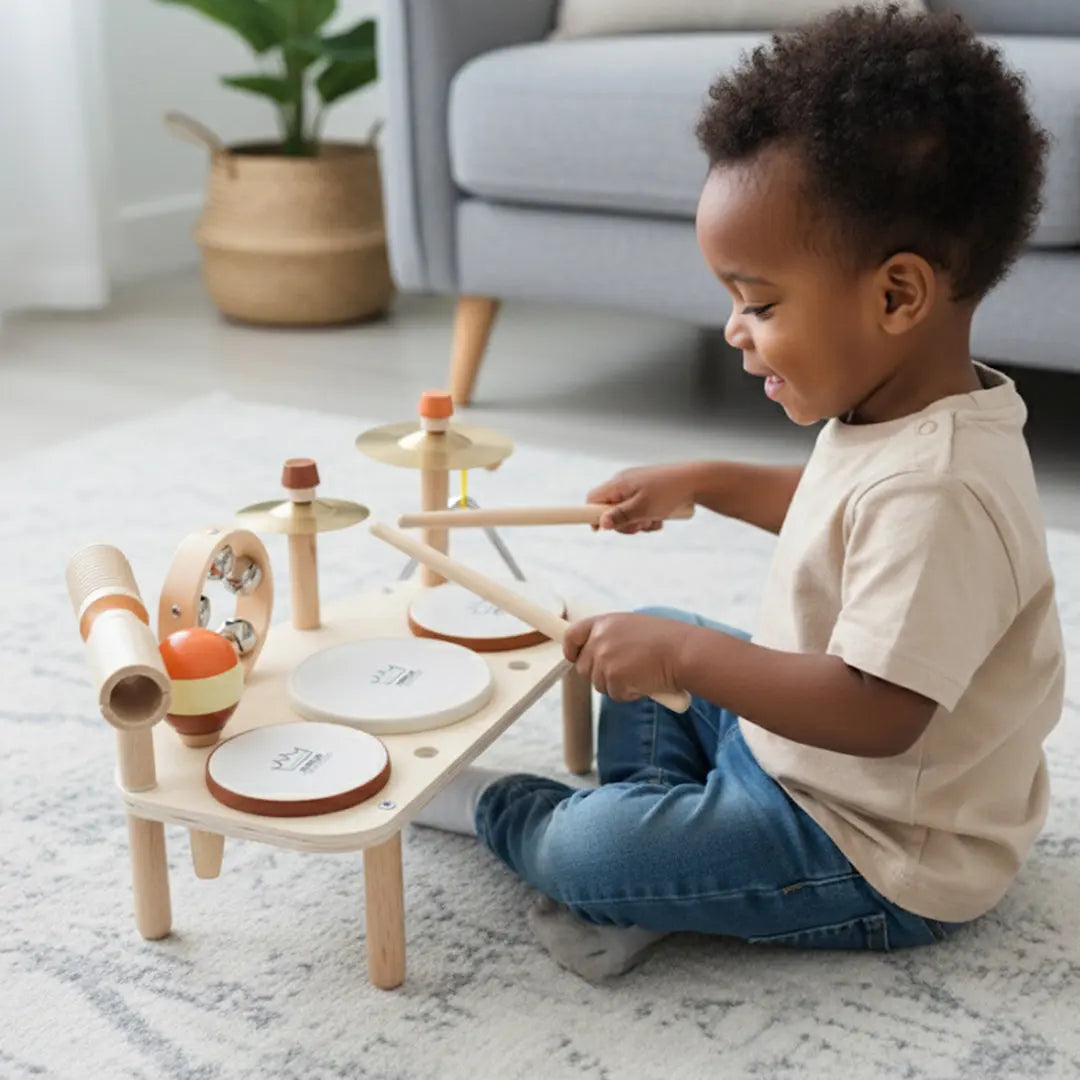
Montessori Music Toys: 7 Benefits for Toddler Development You Need
Montessori music toys are more than delightful playthings—they are ...
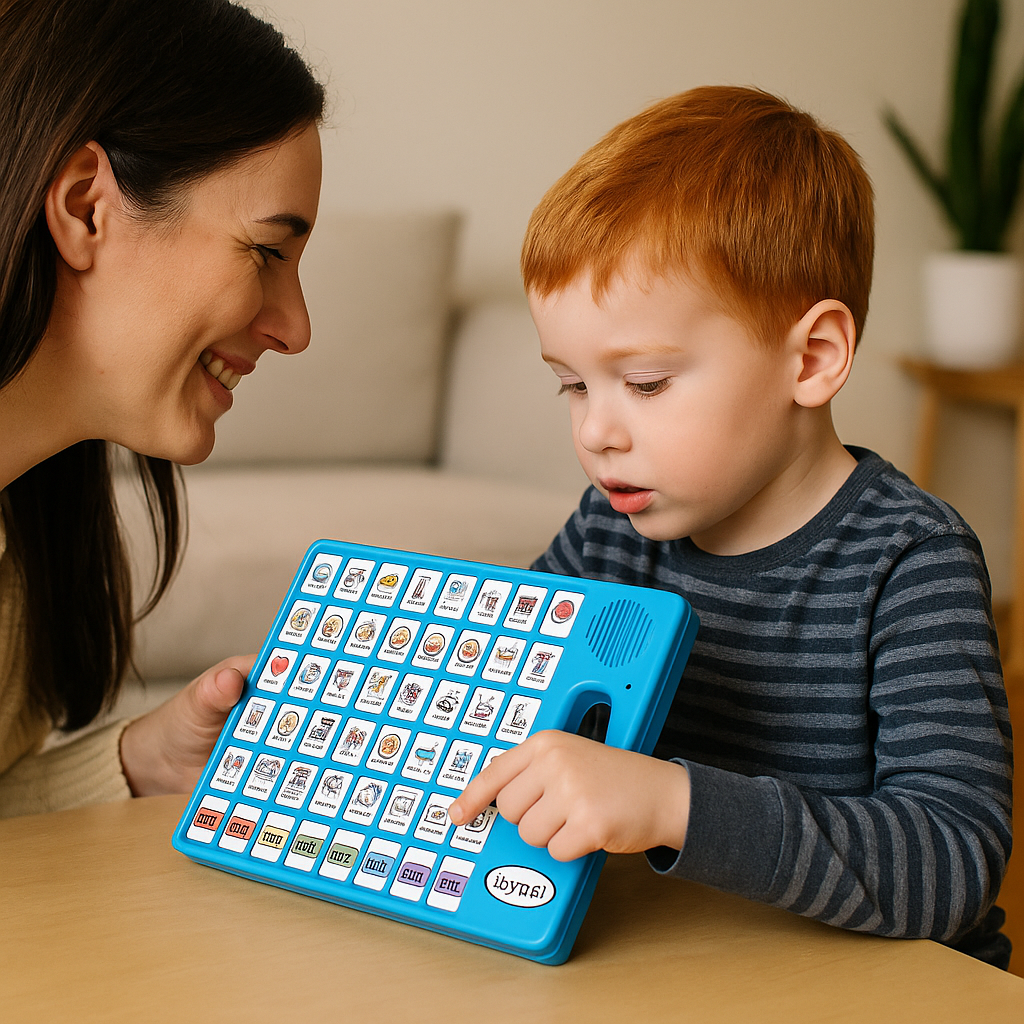
AA Communication Device: Who Qualifies and How to Get Assessed
When Words Don’t Come Easily: A Parent’s Journey Toward Communicati...
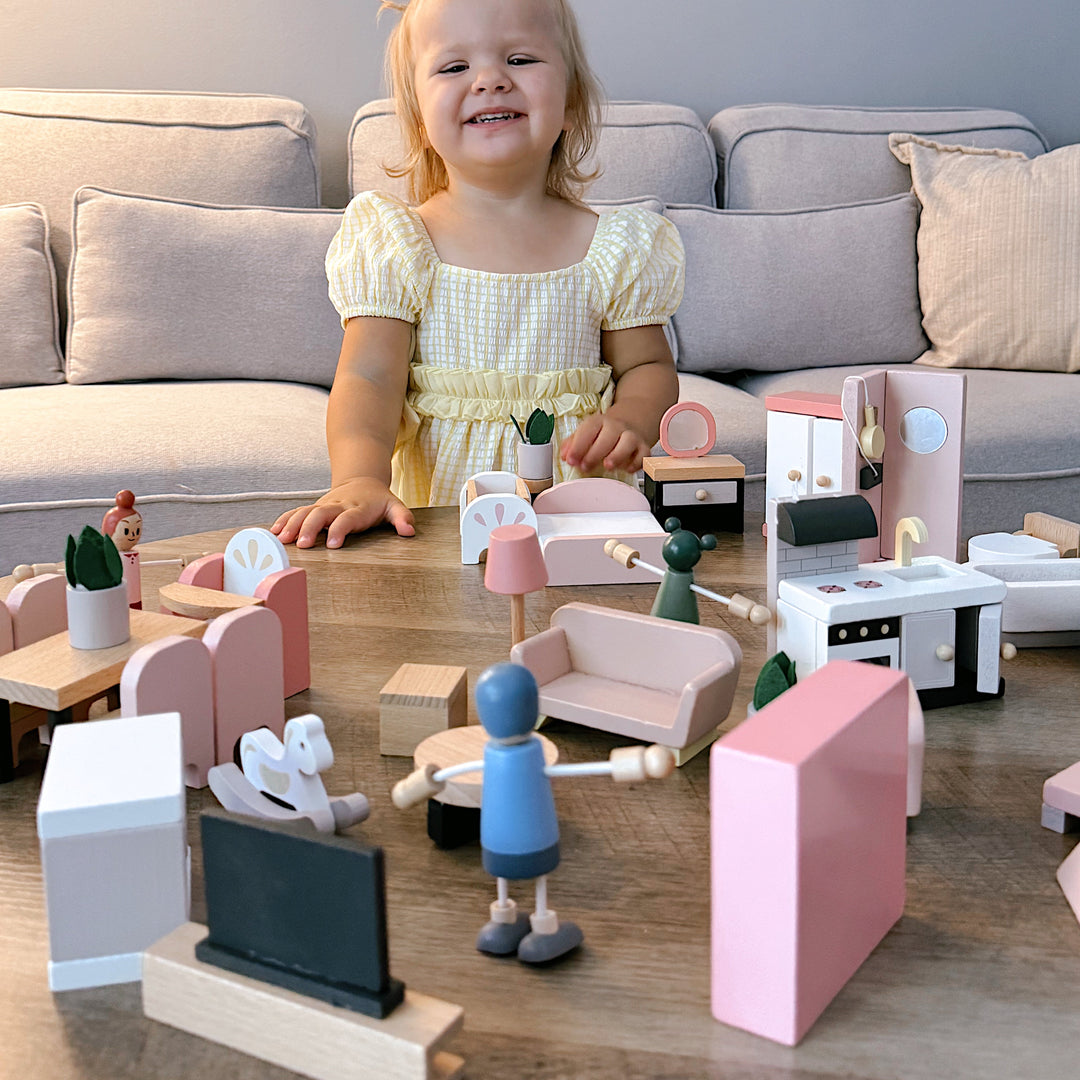
Montessori Wooden Toys: How to Choose the Best Mini Dollhouse Kit
Montessori Wooden Toys: How to Choose the Best Mini Dollhouse Kit ...
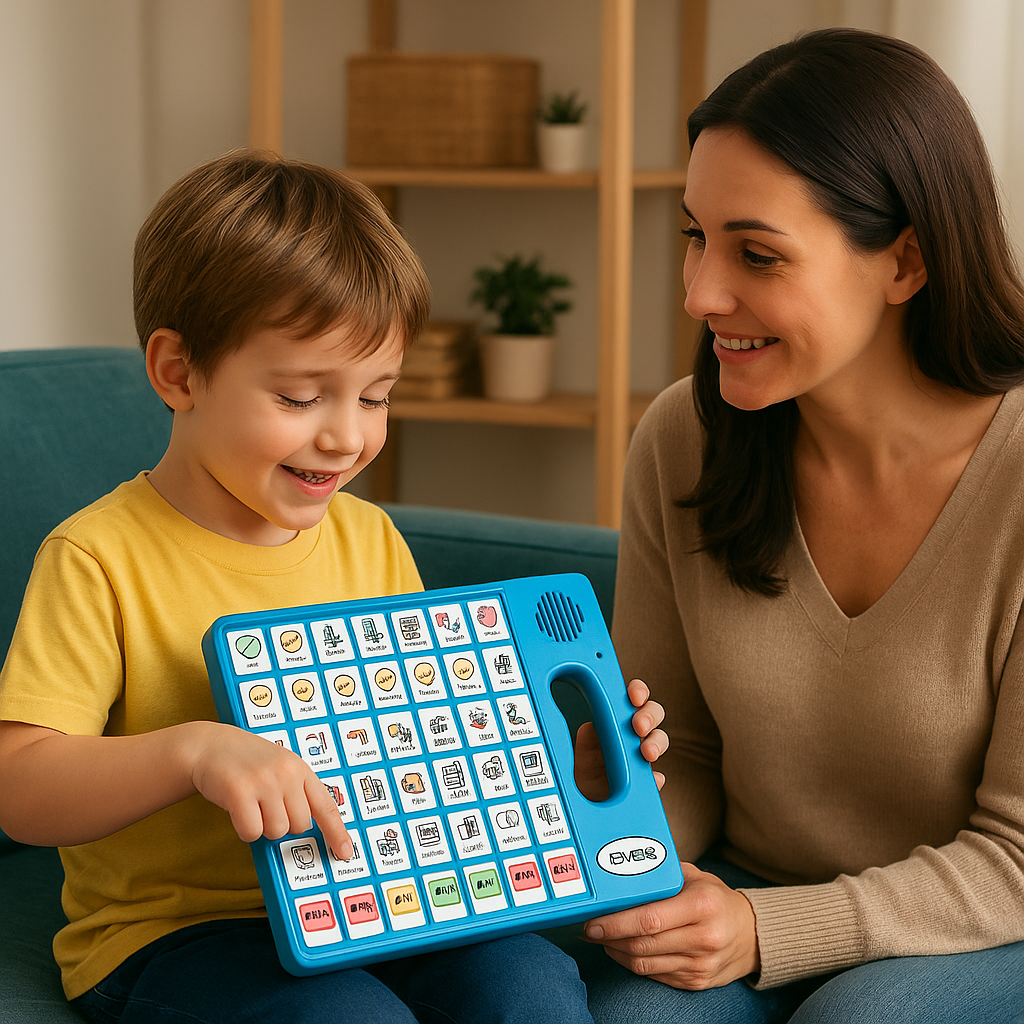
Joyreal AAC Devices: Giving Non-Speanking Children a Voice
The Connection Between AAC Devices and Autism Development Children ...
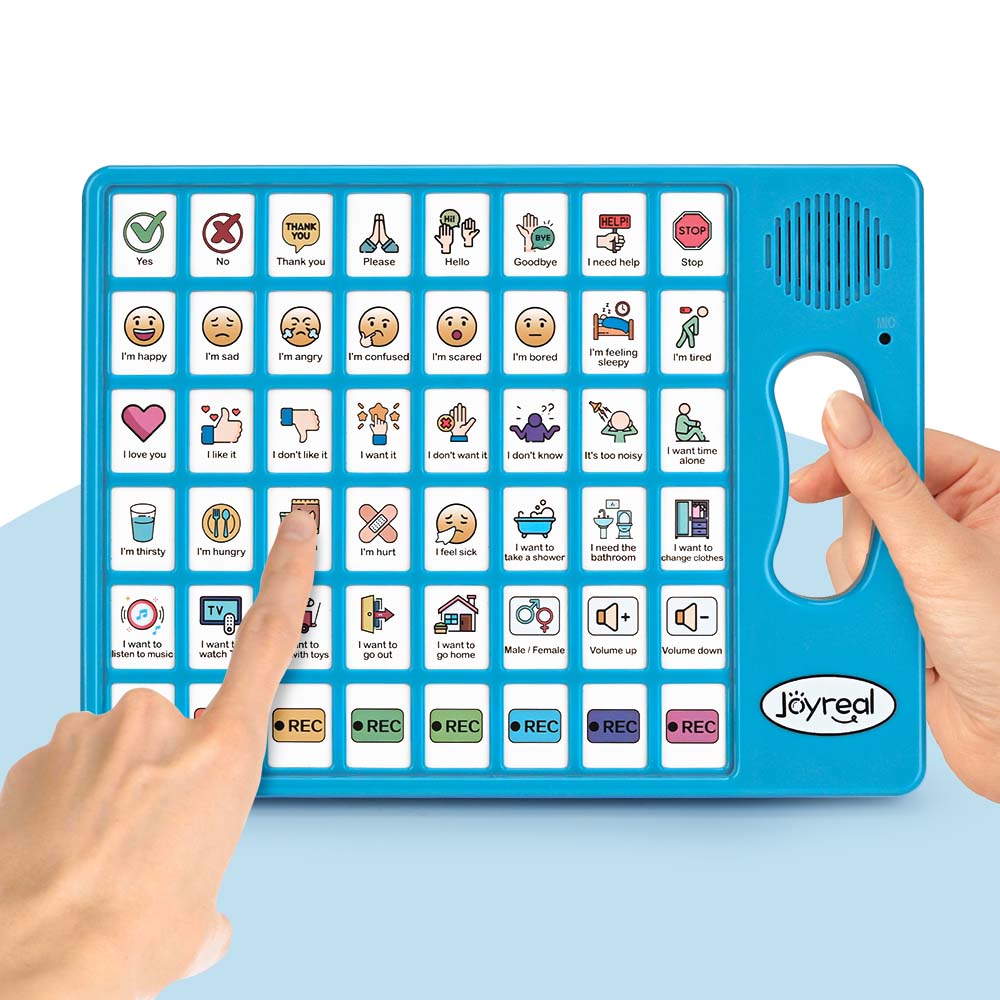
DIY Communication Board vs Ready-Made AAC Devices
For children with autism or other communication challenges, an AAC ...
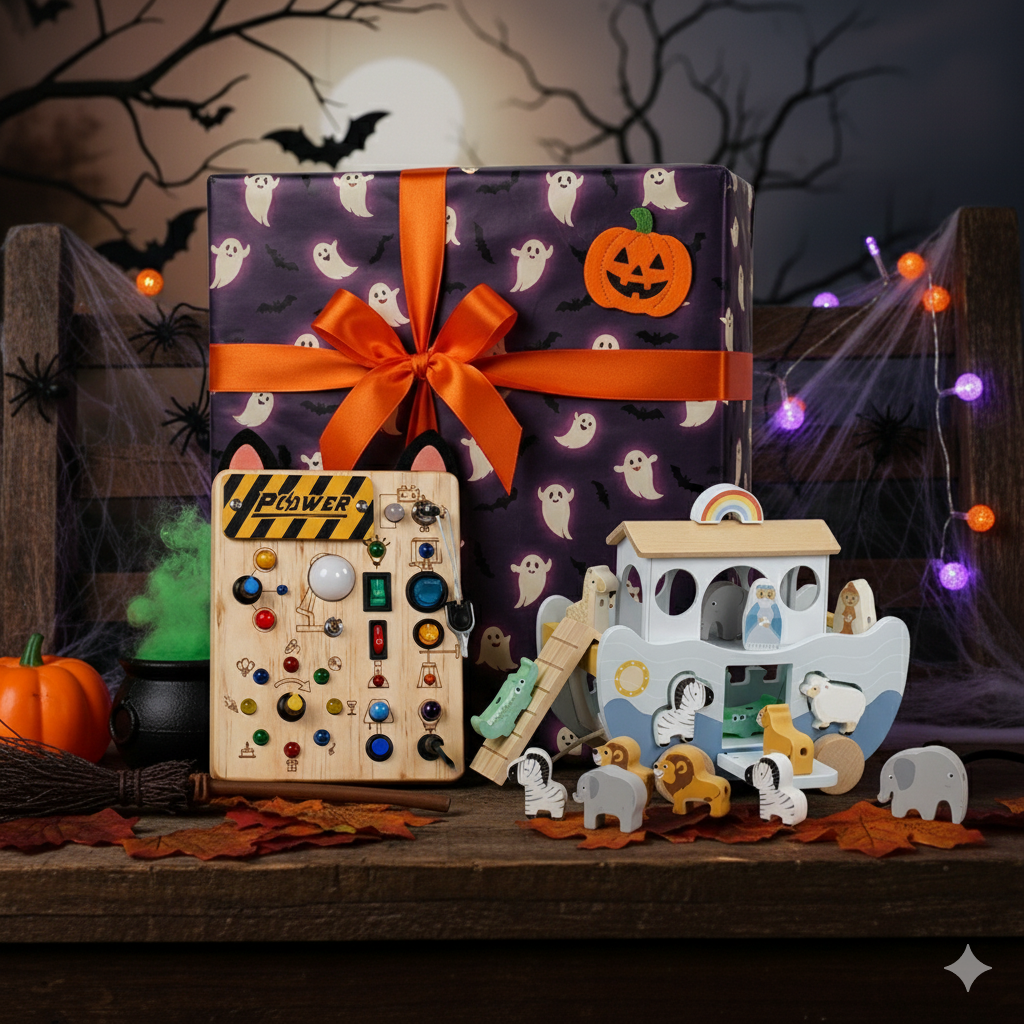
How to Choose the Perfect Halloween Gift?
Halloween is no longer just about costumes and trick-or-treating. I...
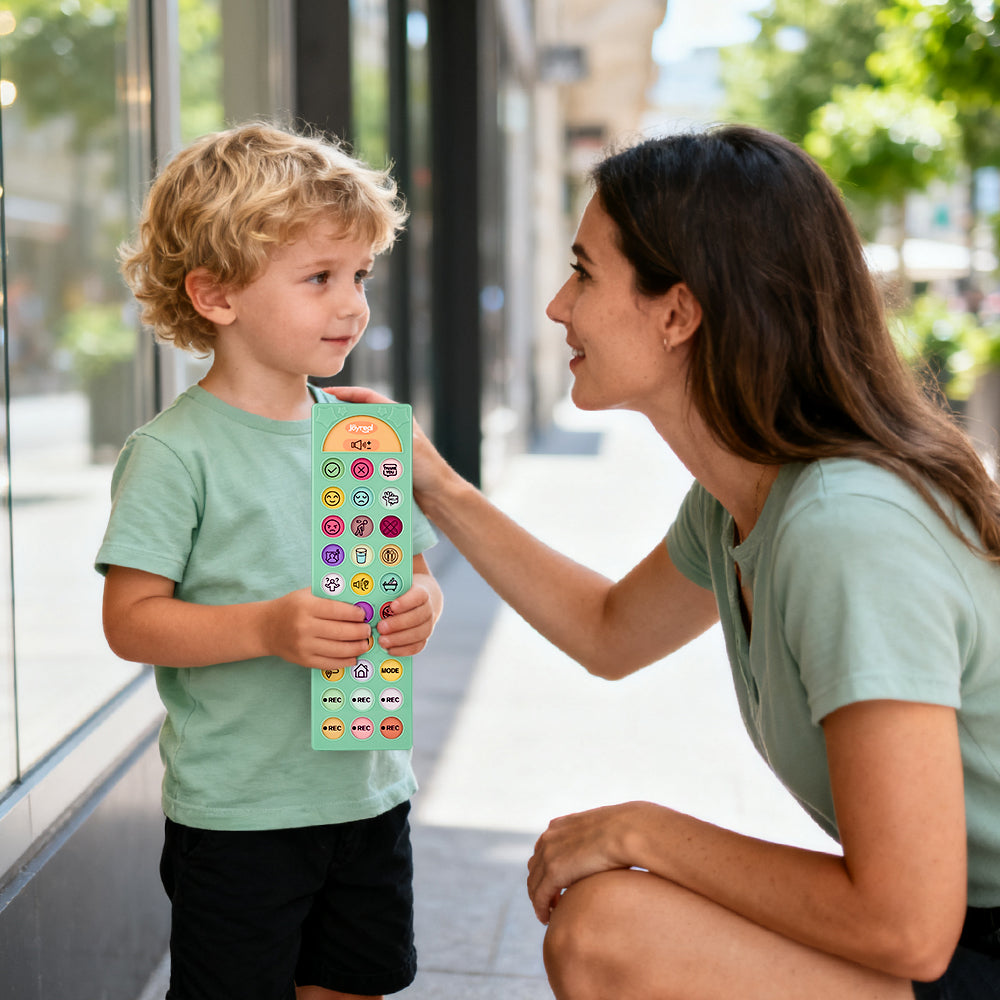
What AAC Devices Support Bilingual Families with Autism?
In today’s diverse world, communication is more than just words—it’...
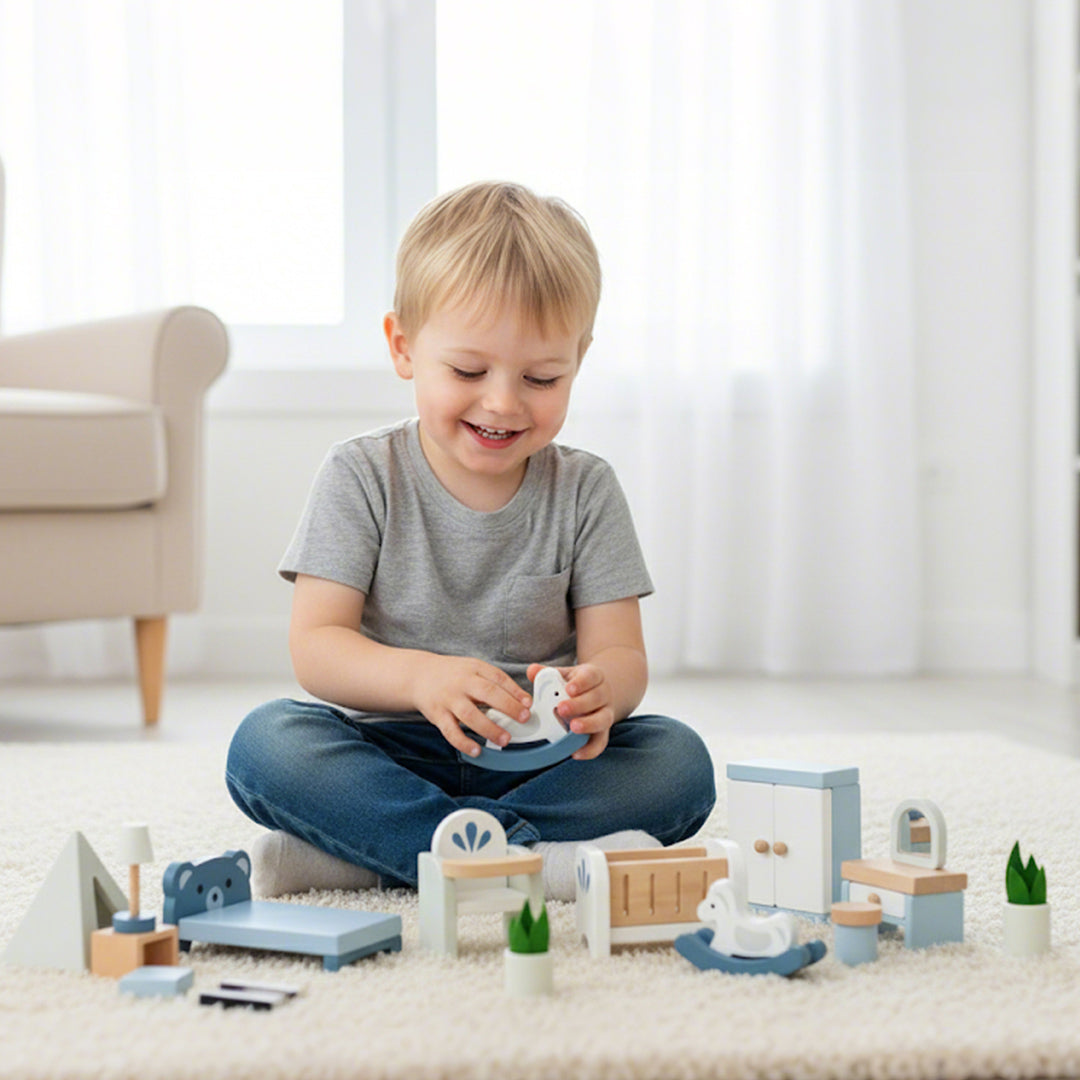
How to Choose the Perfect Holiday Gift for Kids Ages 1–5
Finding the perfect holiday gift for kids can be tricky, especiall...
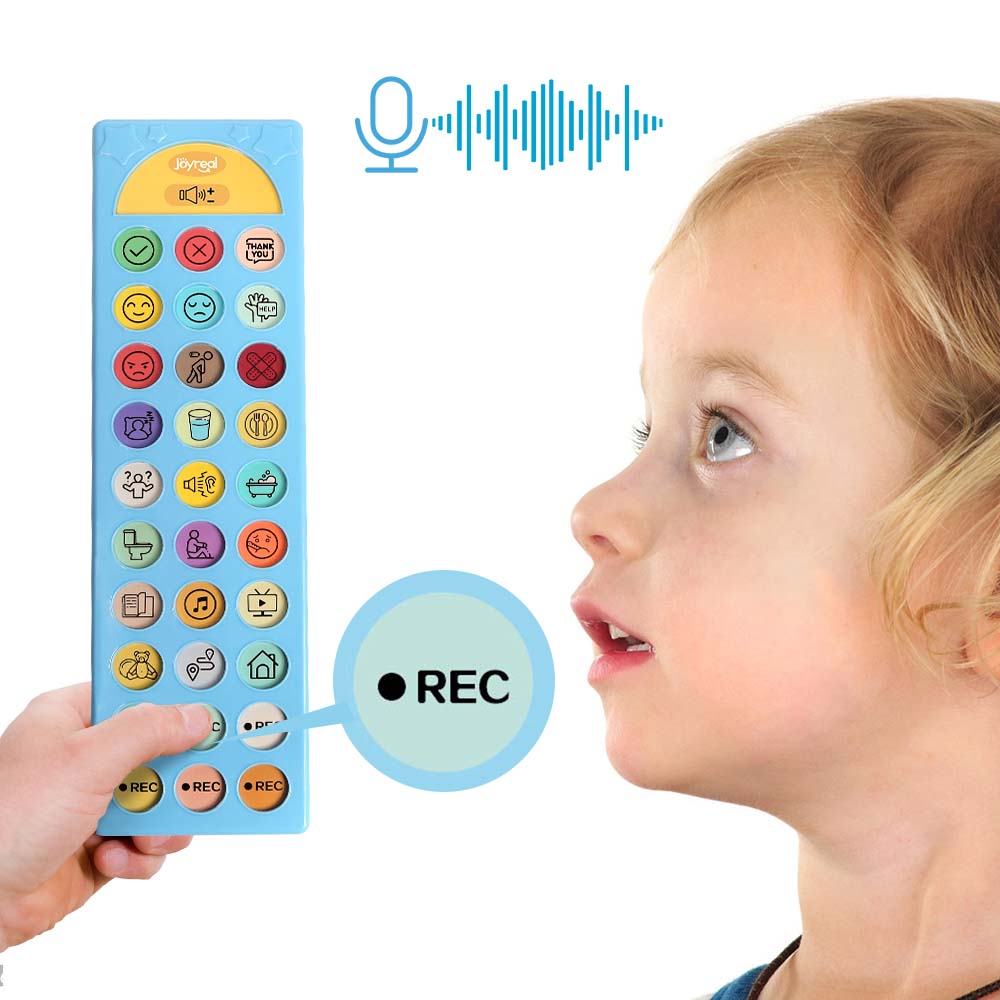
How to Make a Communication Board AAC Devices for Autism
Communication is a lifeline. For children with autism, speech dela...
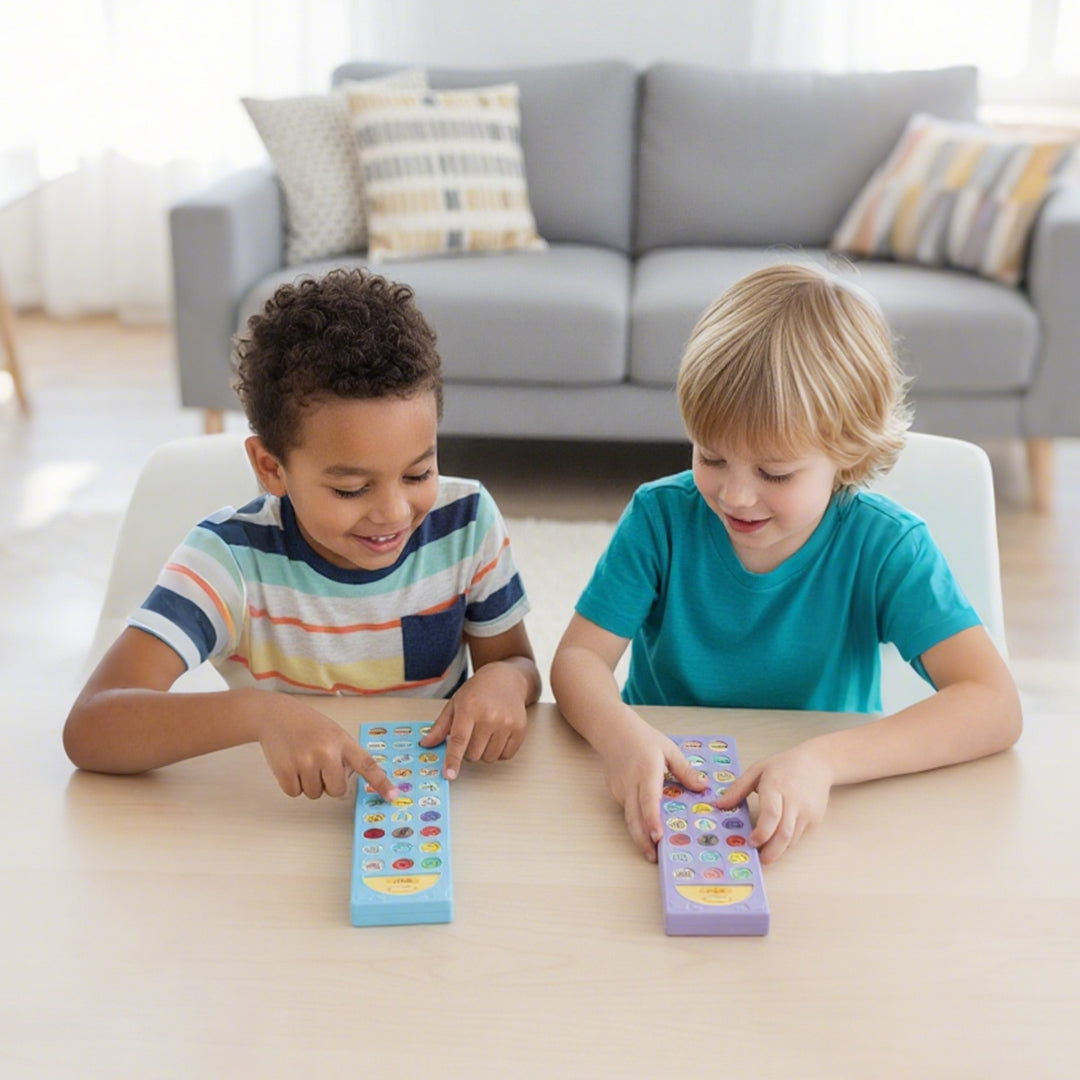
Choosing the Best AAC Device for Kids: A Parent’s Guide
Why Choosing the Right AAC Device Matters For children with autism,...









